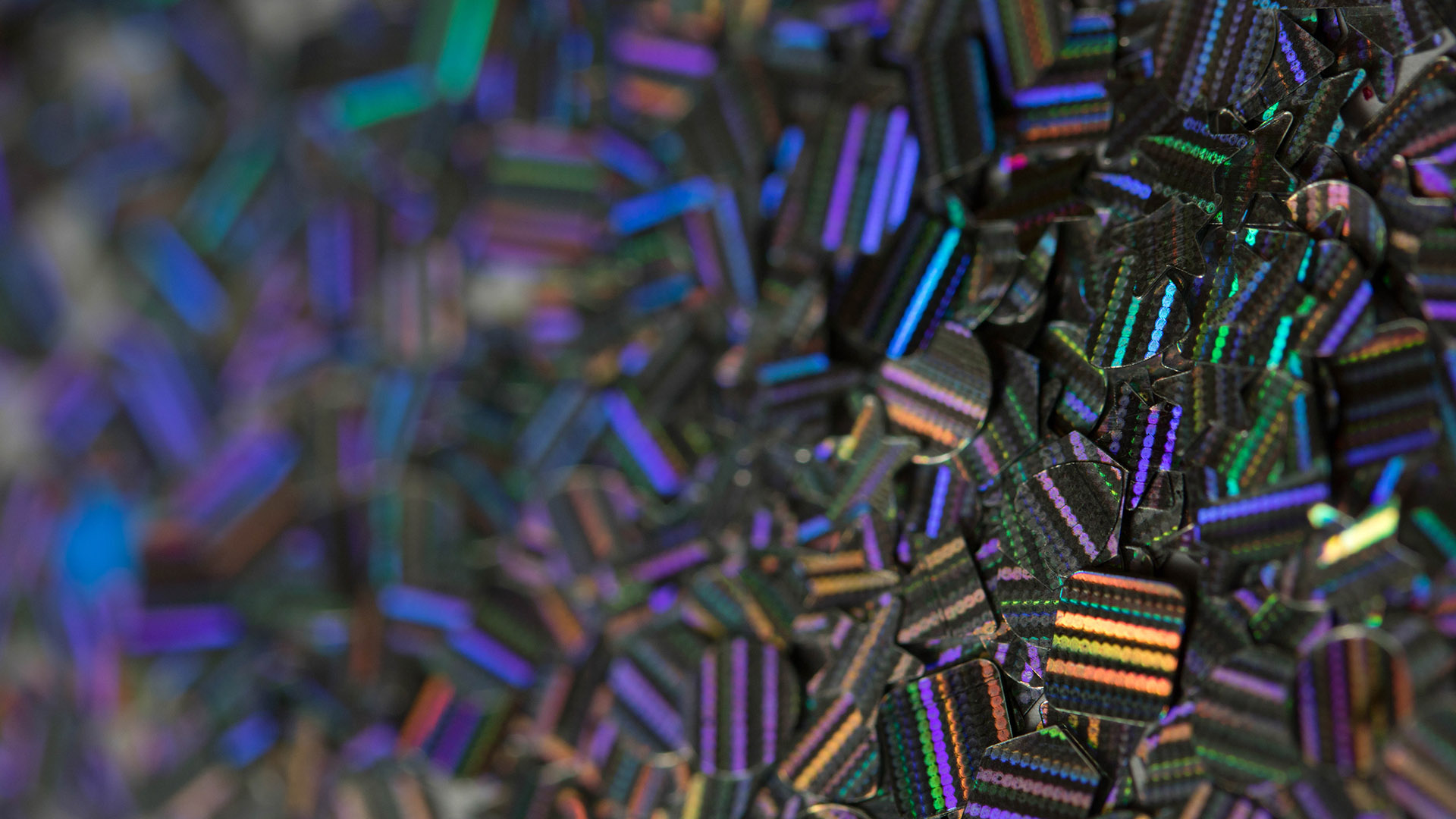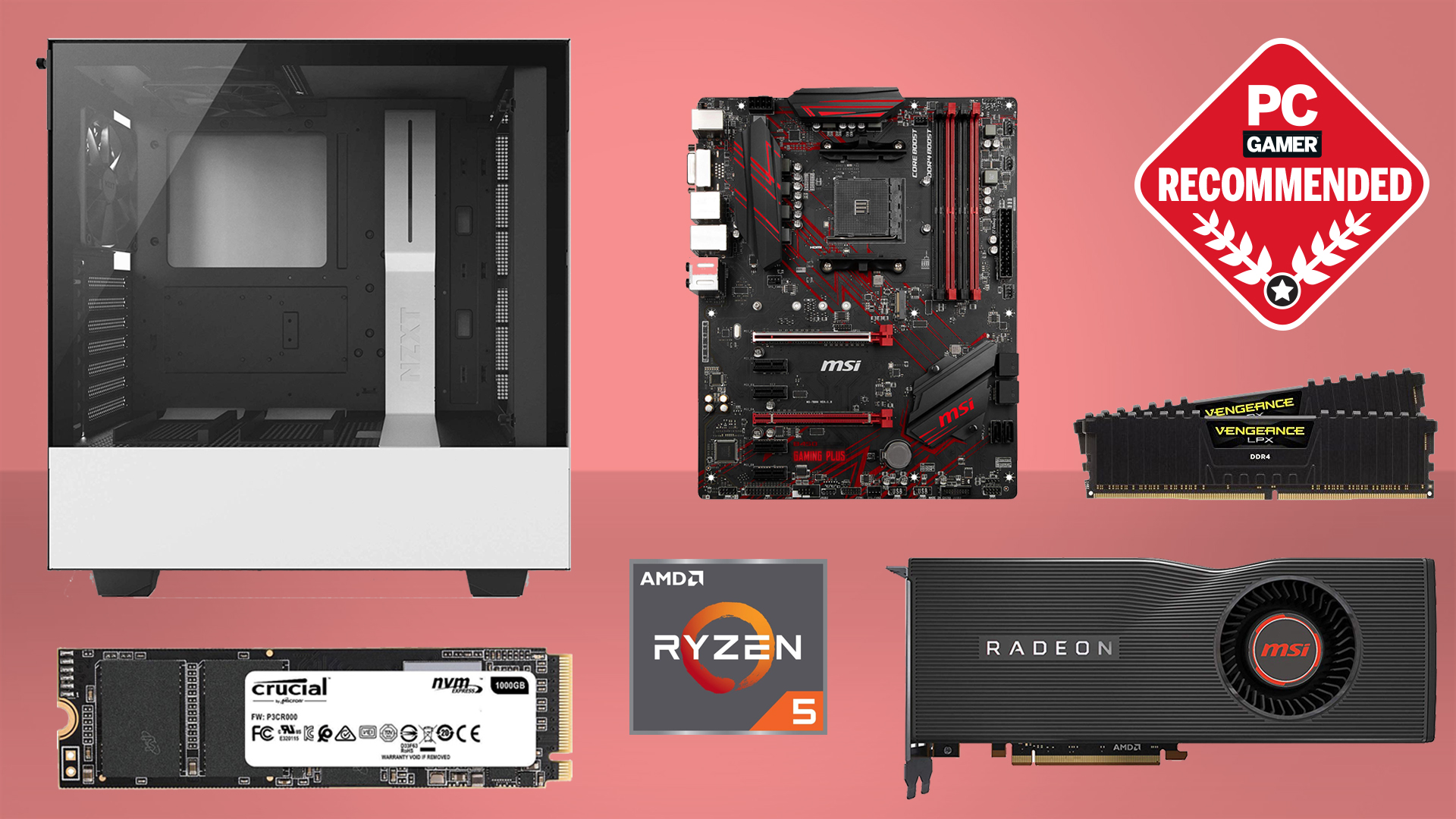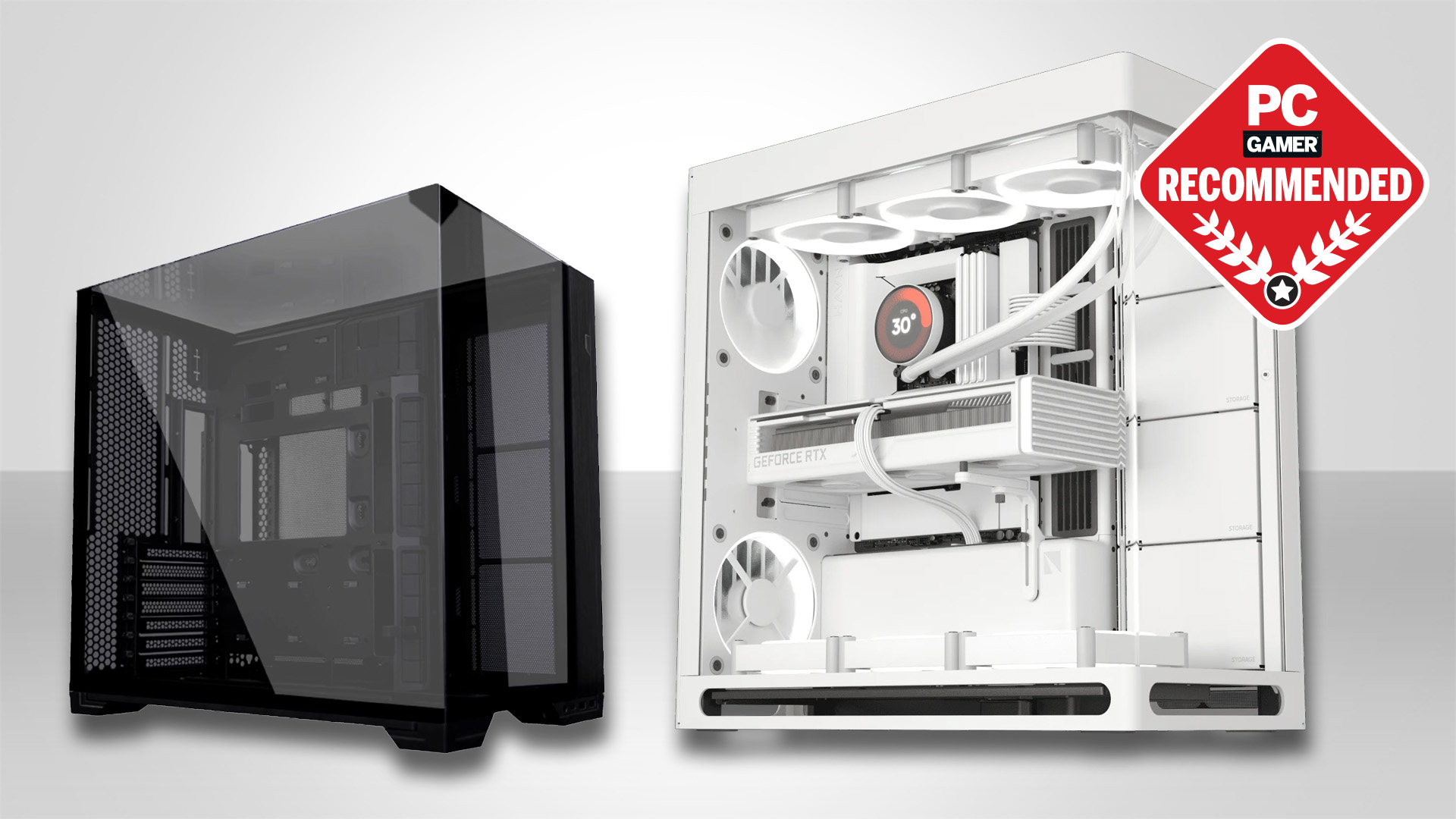News flash: new flash tech delivers SSDs 3x faster than today's drives
NEO Semiconductor's X-NAND promises SLC speed with QLC capacity.

The Flash Memory Summit, held virtually this year, is over now, but it always provides news stories that are rich in initialisations and acronyms, and usually mean only one thing: faster, bigger SSDs in our future PCs.
And look! Here’s one now! Andy Hsu, CEO of NEO Semiconductor, picked up a Best of Show Award for Hardware Architecture and Most Innovative Flash Memory Startup after presenting his company’s X-NAND flash architecture.
First revealed in 2018, X-NAND claims to be three times faster than QLC flash (quad level cell, essentially storing four bits per flash cell) for random reads and writes, and up to 27 times faster when read sequentially. It’s also much smaller, coming in at only 37% the size of a standard 16-layer cell.
Current the most affordable SSDs use a mix of QLC and SLC (single level cell, one bit per cell) to keep speeds up (look, just go with us on this, ok?) which means read speeds drop once the faster SLC cache is emptied and the data is being read from the far slower QLC that makes up most of the drive.
X-NAND, however, looks like a way to keep peak performance going all the time.

Best CPU for gaming: the top chips from Intel and AMD
Best graphics card: your perfect pixel-pusher awaits
Best SSD for gaming: get into the game ahead of the rest
"X-NAND architecture is a monumental breakthrough in NAND flash memory design," said Hsu. "From SLC to QLC, each generation's NAND flash capacity has grown larger and costs have become cheaper, but its speed has also become significantly slower. This bottleneck for QLC NAND prevents its use in applications that require high speed performance. Our X-NAND architecture solves this bottleneck by increasing the planes of the array using the existing page buffer size, which increases the parallelism for read and write operations. As a result, X-NAND can achieve QLC density with SLC speed."
An explanation of exactly how this works involves terms like 'planar division', 'bit lines', 'settling time', and 'units of interleaving'. And Tom's Hardware has some nice graphs and graphics embedded on its page about the inner workings of the tech, so if you want to know the actual engineering details knock yourself out.
Keep up to date with the most important stories and the best deals, as picked by the PC Gamer team.
We already know it's new, small, and fast.
Sadly, there’s no mention of when it might be hitting the market, so let's just park that in the back of our minds ready for the 'oh yeah, I remember hearing about that a few years ago' moment when it actually gets launched in a proper SSD.
And then let’s go back to playing some games.

Ian Evenden has been doing this for far too long and should know better. The first issue of PC Gamer he read was probably issue 15, though it's a bit hazy, and there's nothing he doesn't know about tweaking interrupt requests for running Syndicate. He's worked for PC Format, Maximum PC, Edge, Creative Bloq, Gamesmaster, and anyone who'll have him. In his spare time he grows vegetables of prodigious size.

